Home>Storage & Organization>Kitchen Organizing Tools>Why Would A Cat Not Use A Litter Box?
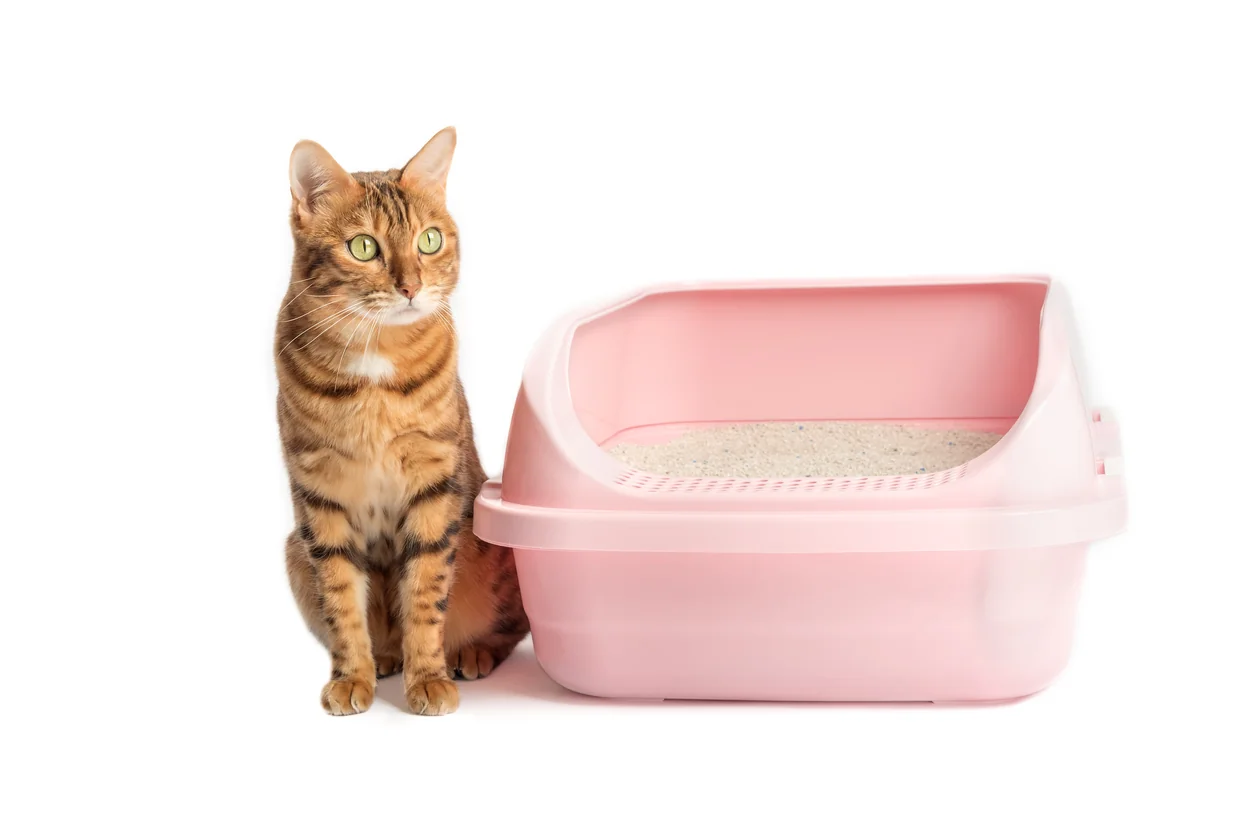

Kitchen Organizing Tools
Why Would A Cat Not Use A Litter Box?
Modified: August 24, 2024
Discover the best kitchen organizing tools to keep your space clutter-free. Find out why your cat might be avoiding the litter box and how to solve the issue.
(Many of the links in this article redirect to a specific reviewed product. Your purchase of these products through affiliate links helps to generate commission for Storables.com, at no extra cost. Learn more)
Medical issues
When a cat suddenly stops using the litter box, it can be a sign of an underlying medical issue. Cats are notorious for hiding signs of illness, making it crucial to consider potential health problems when addressing litter box avoidance.
One common medical issue that can lead to litter box aversion is urinary tract infections (UTIs). These painful infections can cause a cat to associate the litter box with discomfort, leading them to avoid it altogether. Additionally, bladder stones or crystals can also result in similar behavior. These conditions may cause a cat to urinate outside the litter box as a way of signaling distress.
Furthermore, kidney disease can lead to increased urination and accidents outside the litter box. It's essential to monitor a cat's litter box habits, as changes in frequency or volume of urination can indicate an underlying health issue.
Other medical conditions such as diabetes, arthritis, and neurological problems can also contribute to a cat's reluctance to use the litter box. For instance, a cat with arthritis may find it painful to climb into a high-sided litter box, prompting them to seek alternative spots for elimination.
In some cases, older cats may experience cognitive dysfunction, leading to confusion and forgetfulness regarding litter box usage. This can result in accidents around the home.
It's important to note that any sudden change in a cat's litter box behavior should prompt a visit to the veterinarian. A thorough examination and diagnostic tests can help identify and address any potential medical issues contributing to litter box avoidance.
Understanding the potential medical issues that can impact a cat's litter box habits is crucial for providing appropriate care and addressing any underlying health concerns. By prioritizing the well-being of our feline companions, we can ensure that they receive the necessary support and medical attention to maintain their litter box habits and overall quality of life.
Key Takeaways:
- Cats may avoid the litter box due to medical issues like UTIs, kidney disease, diabetes, and arthritis. Regular vet check-ups are crucial to address any health concerns affecting litter box habits.
- Environmental factors, such as the location of the litter box, household stability, and presence of stressors, greatly influence a cat’s litter box behavior. Creating a calm and secure environment encourages proper litter box usage.
Read more: Why Do Cats Use A Litter Box
Behavioral problems
Understanding the behavioral aspect of a cat's litter box aversion is essential for addressing this issue effectively. Cats are complex creatures with unique personalities, and their behavior can be influenced by various factors. When a cat exhibits litter box avoidance, it's crucial to consider potential behavioral problems that may be contributing to this behavior.
One common behavioral issue that can lead to litter box problems is stress or anxiety. Cats are sensitive to changes in their environment, and stressful situations such as moving to a new home, the introduction of a new pet, or changes in routine can trigger anxiety in cats. This anxiety may manifest as litter box avoidance, as the cat seeks to assert control or find comfort in familiar surroundings.
Additionally, territorial conflicts with other pets in the household can lead to litter box problems. Cats are inherently territorial animals, and disputes over territory or resources can result in stress-related behaviors, including inappropriate elimination. It's important to create a harmonious environment for all pets in the household to minimize potential conflicts that could contribute to litter box issues.
Furthermore, inadequate litter box maintenance or undesirable litter box conditions can also trigger behavioral problems. Cats are known for their cleanliness, and a dirty or poorly maintained litter box can deter them from using it. Additionally, some cats may have preferences for certain types of litter or litter box designs, and failing to meet these preferences can lead to litter box avoidance.
Moreover, behavioral issues such as marking behavior can contribute to litter box problems. Unneutered male cats, in particular, may engage in urine marking as a way of establishing territory or communicating with other cats. This behavior can extend to the litter box, leading to inappropriate elimination as a form of marking.
Understanding the behavioral problems that can contribute to litter box avoidance is crucial for implementing effective solutions. By addressing stressors, providing a conducive litter box environment, and addressing marking behavior through spaying or neutering, cat owners can work towards resolving behavioral issues that impact litter box habits. Additionally, seeking guidance from a veterinarian or animal behaviorist can provide valuable insights and strategies for addressing behavioral problems related to litter box avoidance.
By recognizing and addressing the behavioral factors that influence a cat's litter box habits, cat owners can create a supportive and comfortable environment that encourages proper litter box usage. This proactive approach can help foster a positive relationship between cats and their litter boxes, promoting a harmonious living environment for both feline companions and their human caregivers.
Ensure the litter box is clean and in a quiet, accessible location. Cats may avoid the litter box due to stress, medical issues, or dislike of the litter type. Gradually transitioning to a new litter or box may help.
Litter box issues
Litter box issues can significantly impact a cat's willingness to use this essential feline amenity. Understanding and addressing these issues is crucial for promoting proper litter box habits and maintaining a hygienic living environment for both cats and their human companions.
One common litter box issue is inadequate cleanliness. Cats are inherently clean animals, and a dirty litter box can be a major deterrent for them. Accumulated waste, strong odors, and soiled litter can lead to litter box avoidance as cats seek cleaner alternatives for elimination. Regular scooping and thorough cleaning of the litter box are essential for ensuring a hygienic and inviting environment that encourages proper litter box usage.
Additionally, the type of litter used in the litter box can also contribute to litter box issues. Cats may have preferences for certain litter textures or scents, and using an unsuitable litter type can lead to aversion. Some cats may prefer clumping litter, while others may favor non-clumping varieties. Experimenting with different litter types can help identify the most appealing option for a particular cat, promoting consistent litter box usage.
The size and design of the litter box are also important considerations. A litter box that is too small or restrictive may make a cat feel uncomfortable, leading to avoidance. Cats should have ample space to move around and assume their preferred posture for elimination. Additionally, older cats or those with mobility issues may benefit from low-entry litter boxes that are easily accessible.
The location of the litter box within the home can also impact a cat's willingness to use it. Placing the litter box in a noisy or high-traffic area can create a stressful environment that discourages proper litter box habits. Cats prefer privacy and quiet when using the litter box, so positioning it in a secluded yet accessible location can promote a sense of security and encourage regular use.
Furthermore, the presence of multiple cats in a household can give rise to litter box issues. In multi-cat environments, it's essential to provide an adequate number of litter boxes to prevent competition and territorial conflicts. The general rule of thumb is to have one litter box per cat, plus an additional box to accommodate their preferences and minimize potential litter box-related disputes.
Addressing litter box issues involves careful consideration of cleanliness, litter type, box size and design, location, and the dynamics of multi-cat households. By addressing these factors, cat owners can create an inviting and comfortable litter box environment that promotes consistent and appropriate litter box usage.
Understanding and addressing litter box issues is essential for fostering a positive relationship between cats and their litter boxes, ultimately contributing to a harmonious and hygienic living environment for both feline companions and their human caregivers.
Environmental factors
Environmental factors play a pivotal role in shaping a cat's litter box habits and overall well-being. Cats are highly sensitive to their surroundings, and various environmental elements can significantly influence their willingness to use the litter box consistently.
The physical environment in which the litter box is placed can have a profound impact on a cat's litter box behavior. Cats thrive in environments that offer a sense of security and privacy, and the location of the litter box plays a crucial role in promoting these feelings. Placing the litter box in a quiet, low-traffic area can provide cats with the privacy and tranquility they seek when using the litter box. Additionally, ensuring that the litter box is easily accessible and free from obstructions can further contribute to a cat's comfort and willingness to use it.
The overall household environment also plays a significant role in a cat's litter box habits. Changes in routine, the introduction of new pets, or disruptions in the home environment can trigger stress and anxiety in cats, leading to litter box avoidance. Creating a stable and predictable environment for cats, with consistent routines and minimal disruptions, can help alleviate stress and promote regular litter box usage.
Moreover, the presence of environmental stressors such as loud noises, unfamiliar scents, or the absence of safe hiding spots can impact a cat's comfort and confidence in using the litter box. By minimizing environmental stressors and providing a calm and secure living environment, cat owners can create an atmosphere that encourages proper litter box habits.
The presence of outdoor stimuli, such as stray cats or wildlife visible from windows, can also influence a cat's litter box behavior. Cats may feel threatened or anxious due to external stimuli, leading to changes in their elimination patterns. Implementing measures to reduce exposure to external stressors, such as using window coverings or creating secure outdoor enclosures, can help mitigate the impact of these environmental factors on a cat's litter box habits.
In multi-cat households, the social dynamics among feline companions can also be considered an environmental factor that influences litter box usage. Establishing a harmonious and respectful relationship between cats, providing adequate resources, and minimizing conflicts can contribute to a positive litter box environment for all feline occupants.
By recognizing and addressing the environmental factors that impact a cat's litter box habits, cat owners can create a supportive and comfortable environment that promotes consistent and appropriate litter box usage. Understanding the significance of environmental factors in shaping a cat's behavior is essential for fostering a positive relationship between cats and their litter boxes, ultimately contributing to a harmonious and hygienic living environment for both feline companions and their human caregivers.
Frequently Asked Questions about Why Would A Cat Not Use A Litter Box?
Was this page helpful?
At Storables.com, we guarantee accurate and reliable information. Our content, validated by Expert Board Contributors, is crafted following stringent Editorial Policies. We're committed to providing you with well-researched, expert-backed insights for all your informational needs.
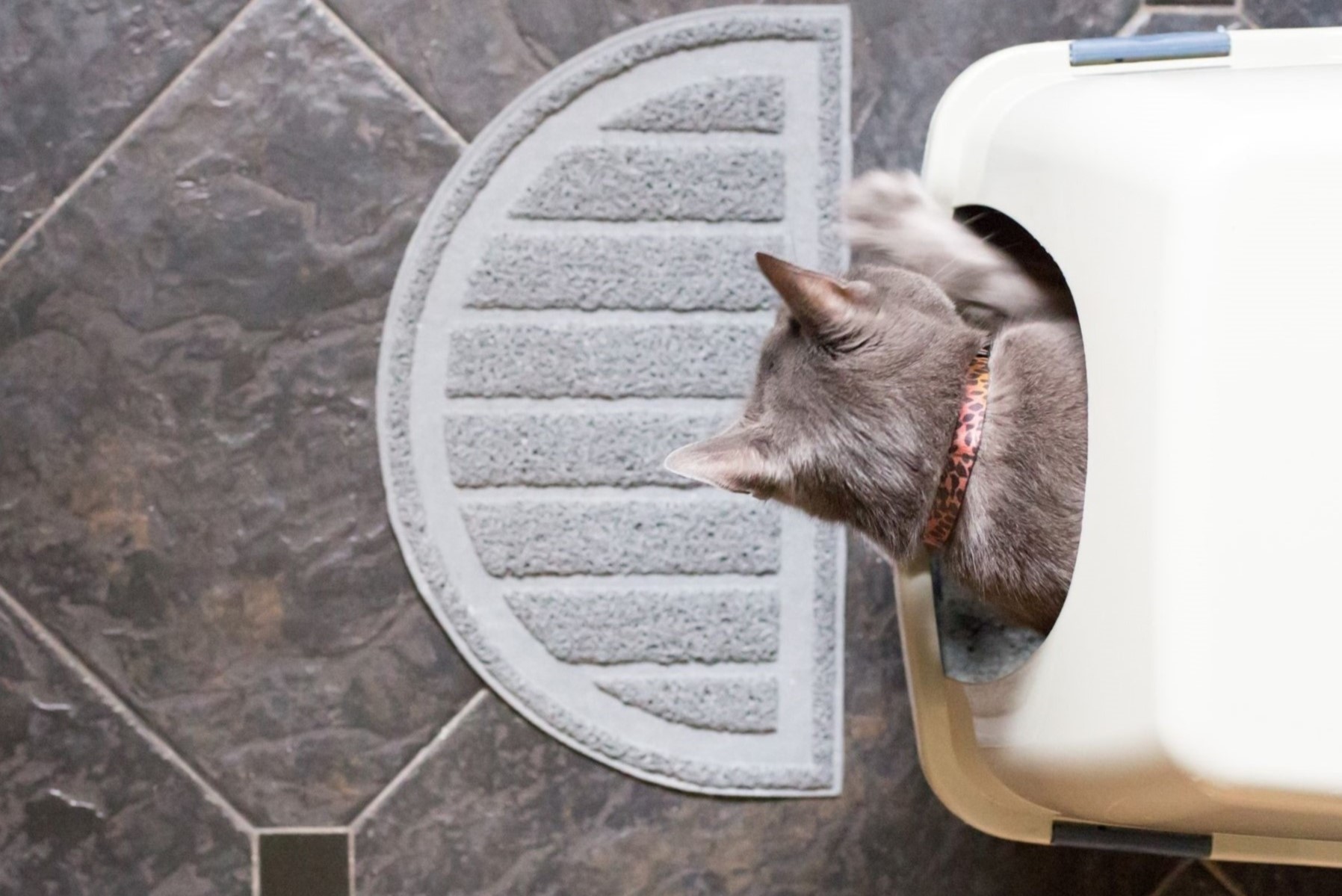
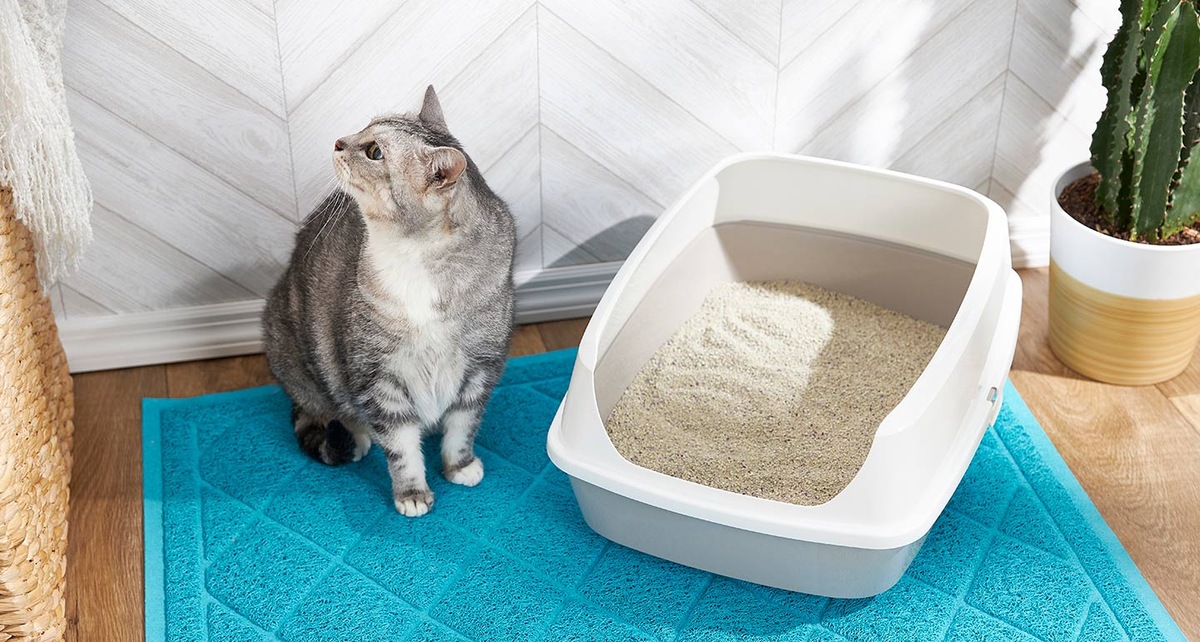
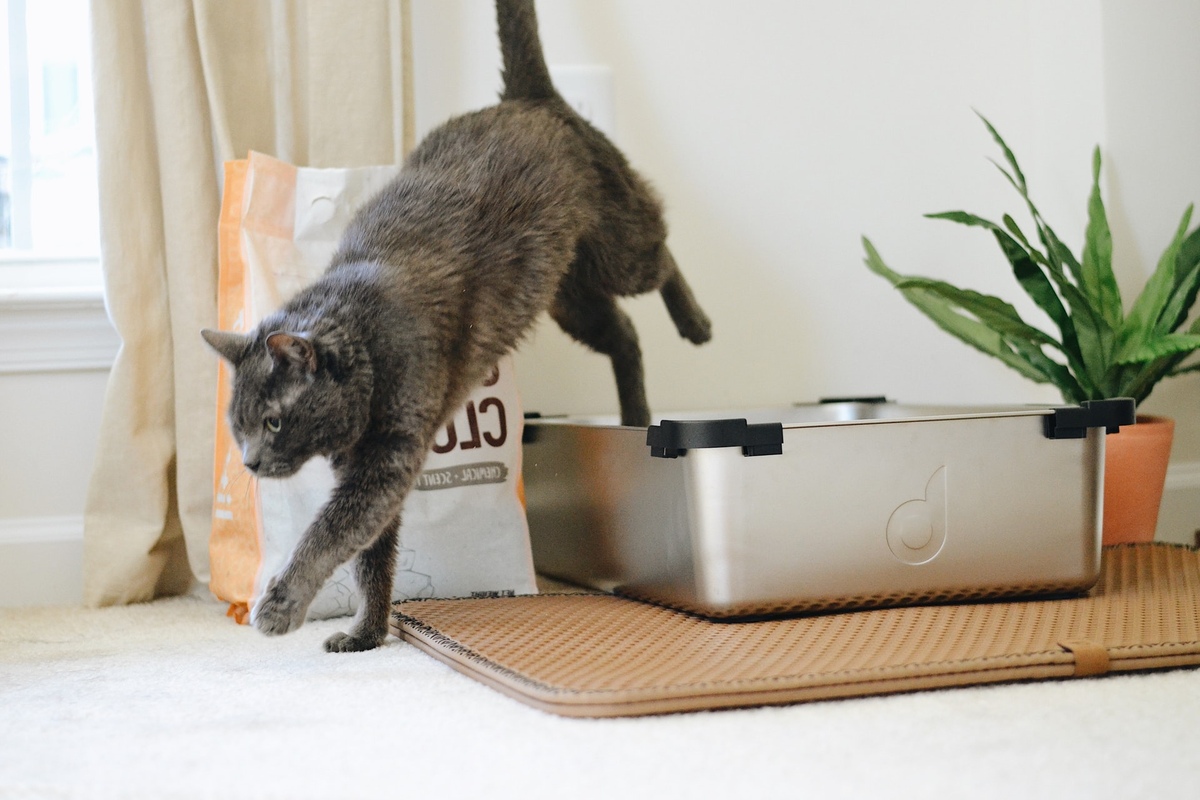
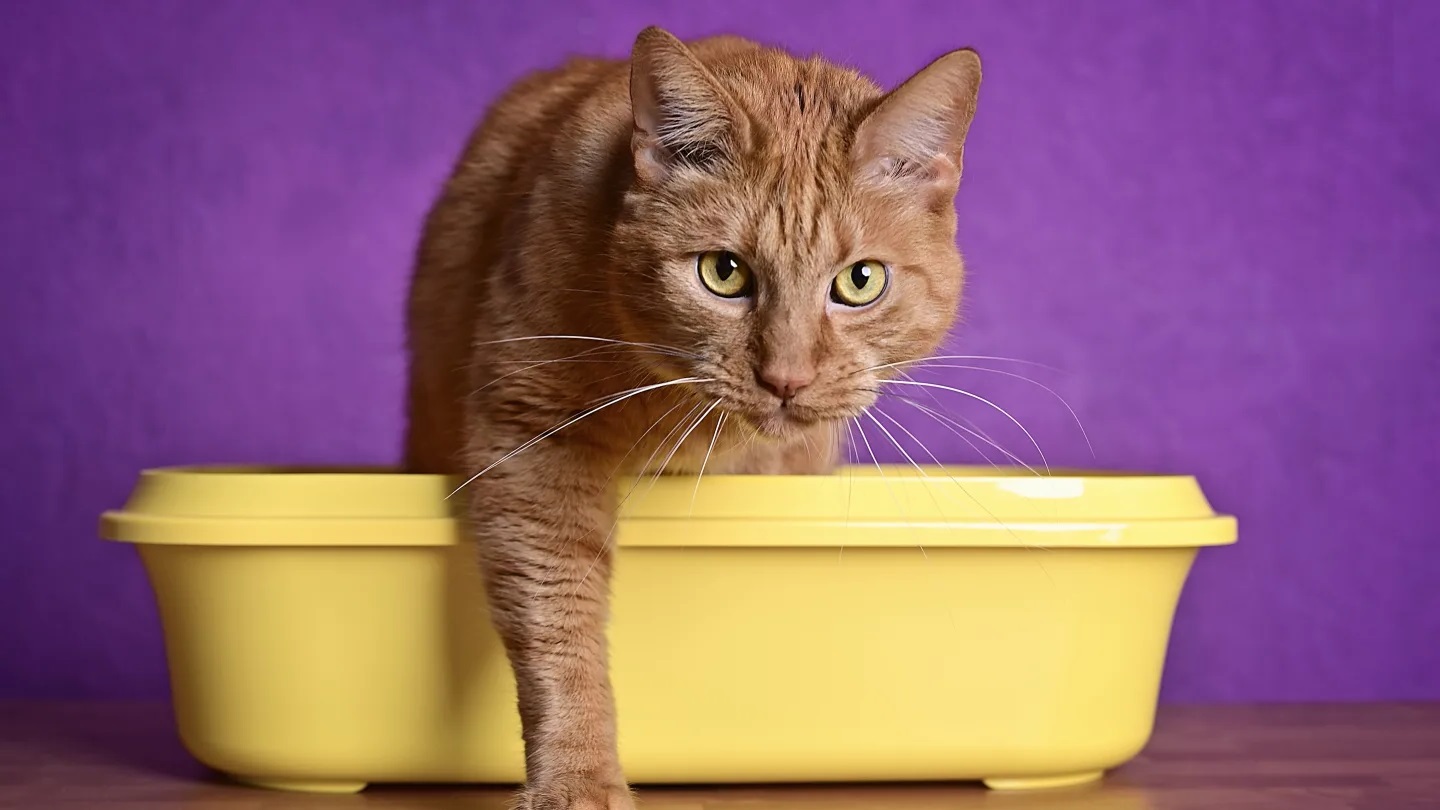
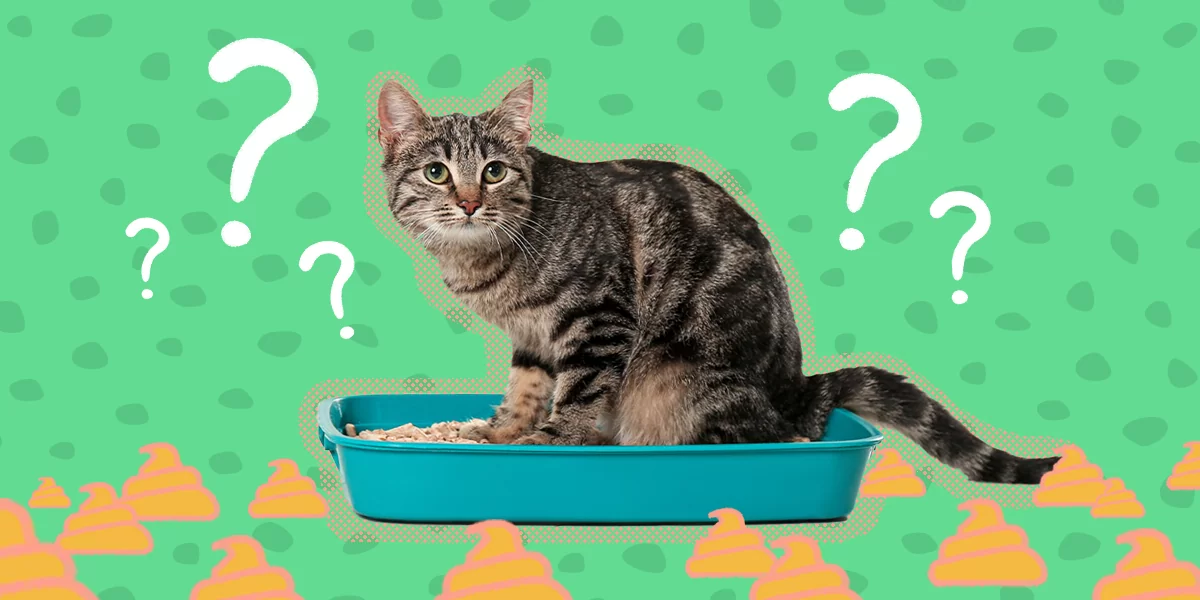
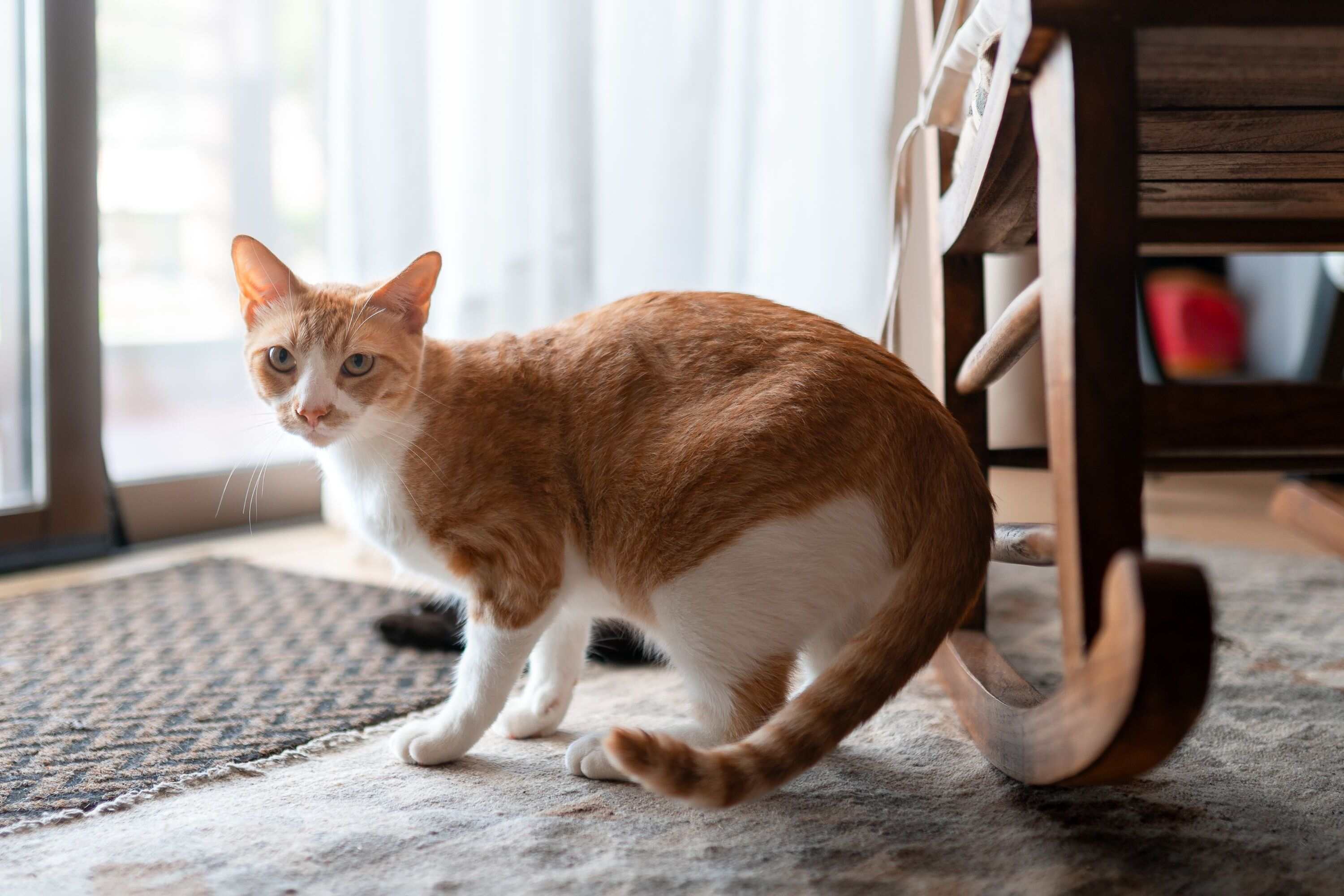
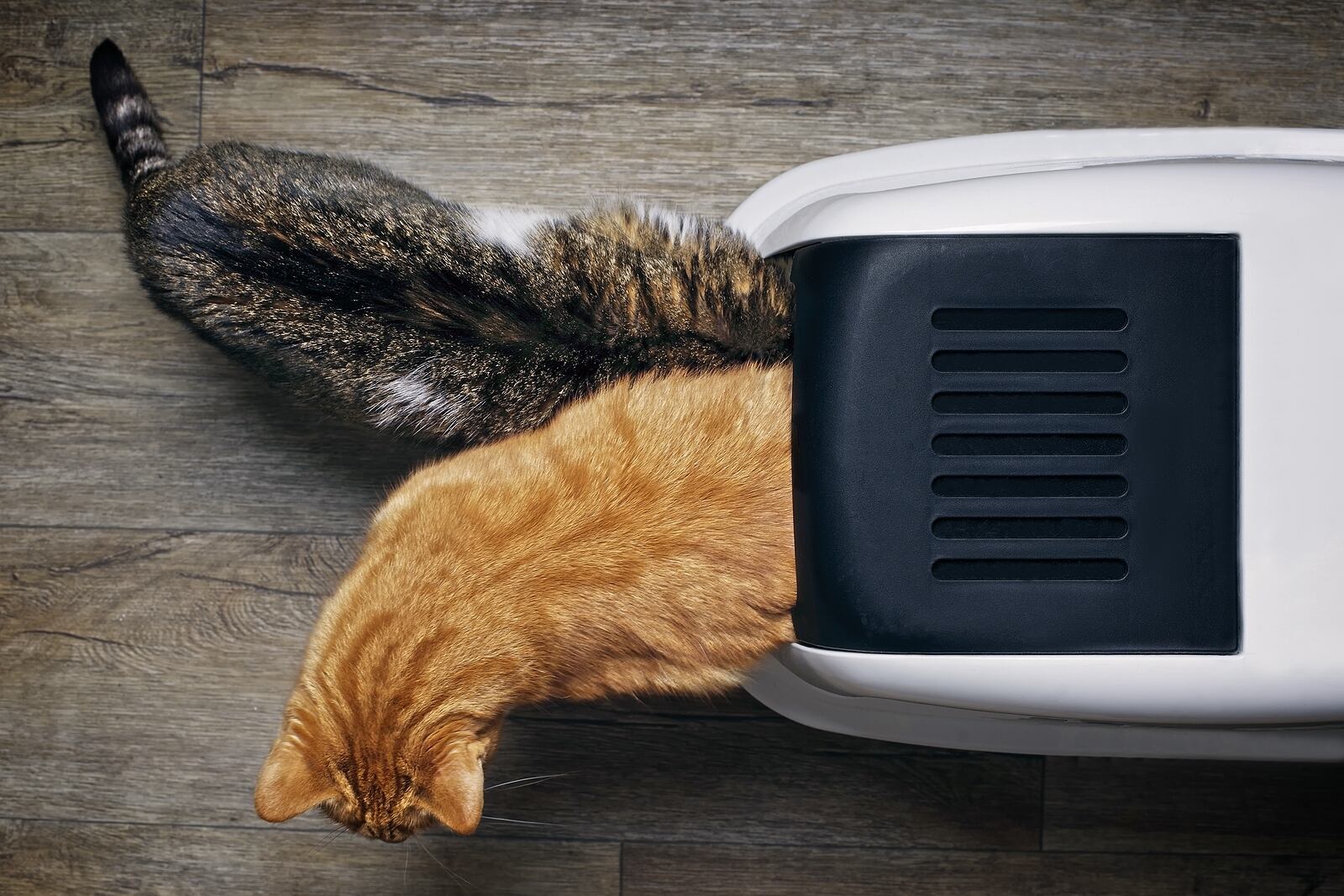
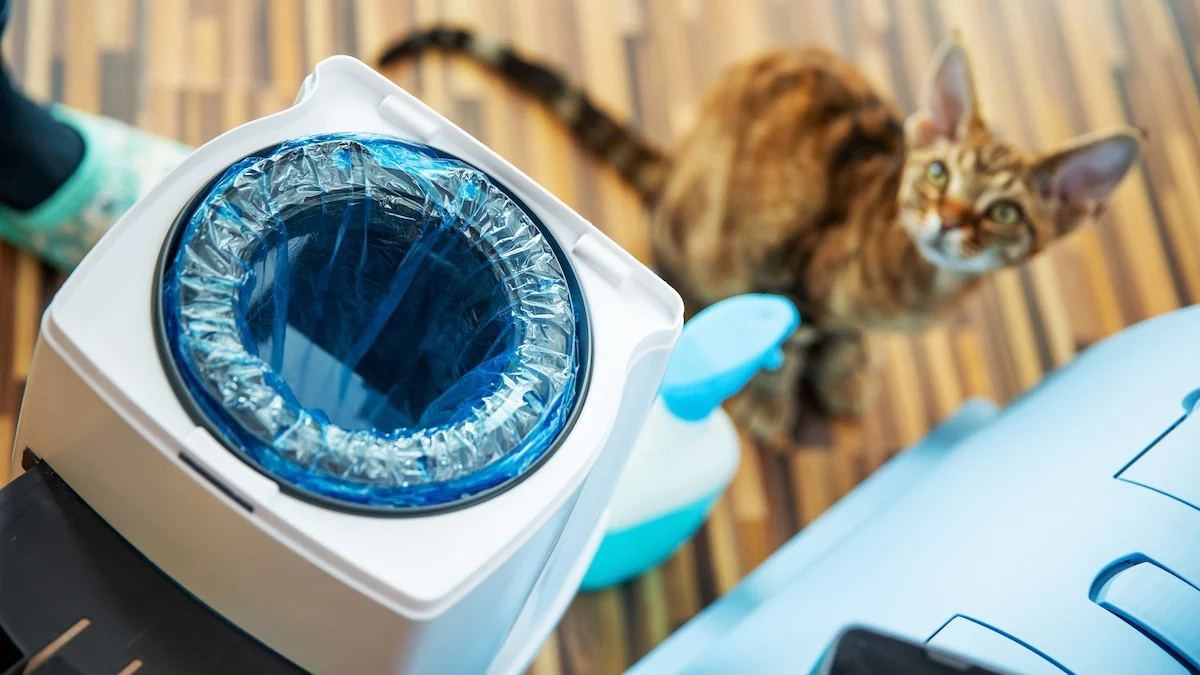
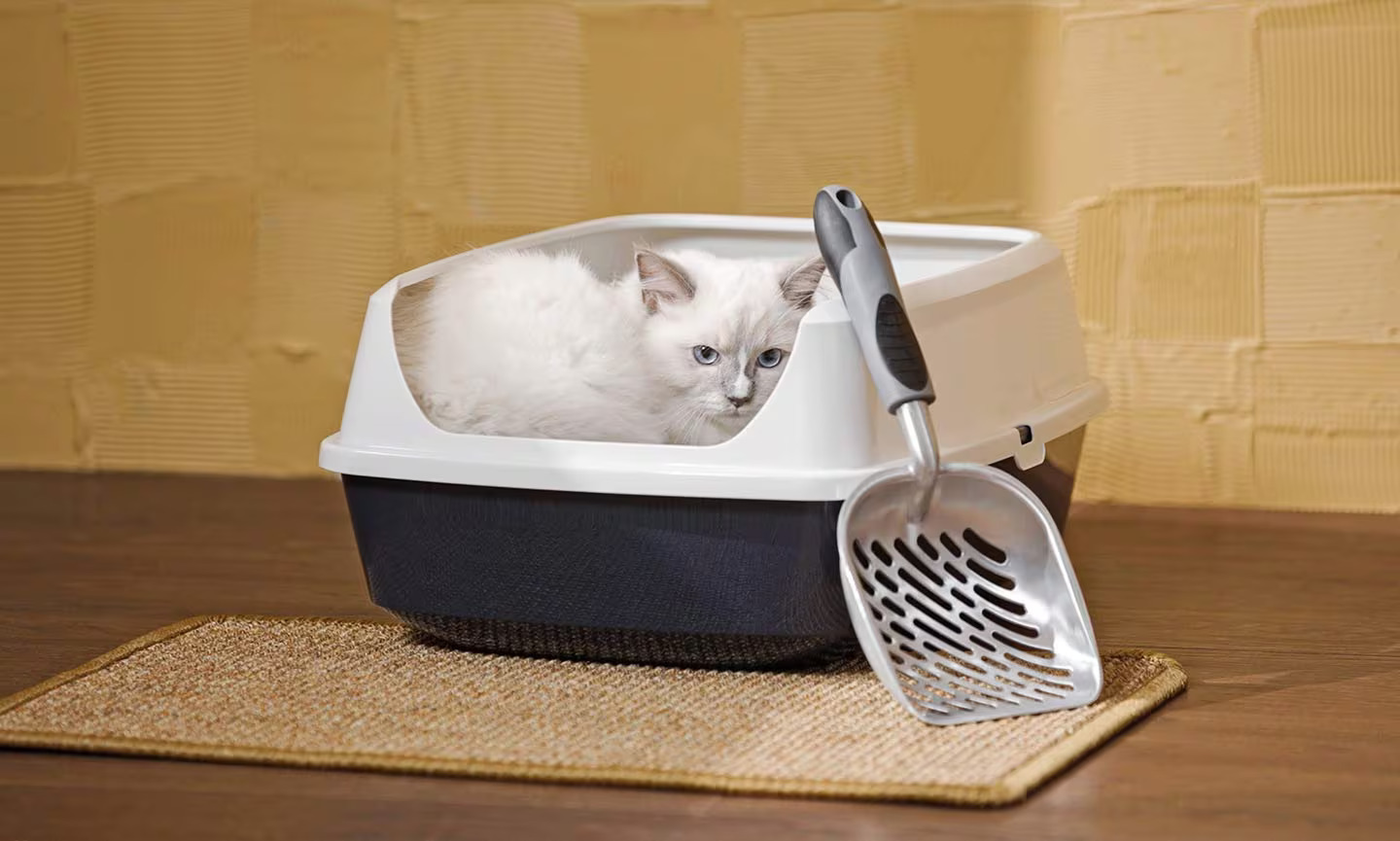
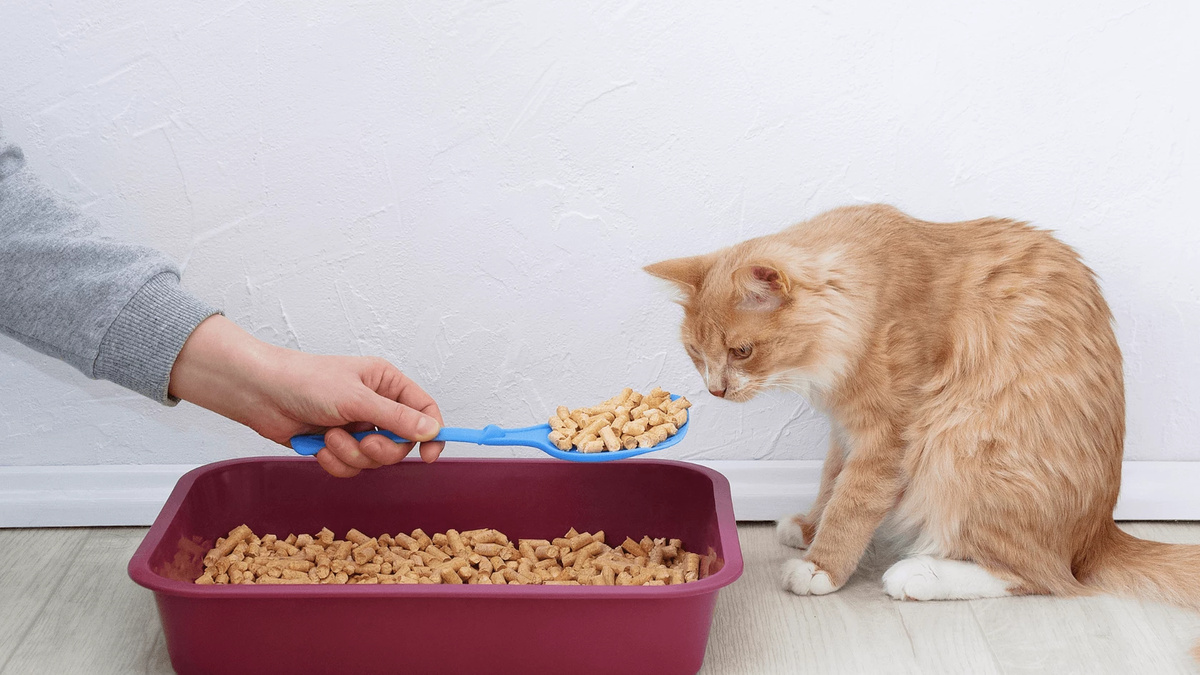
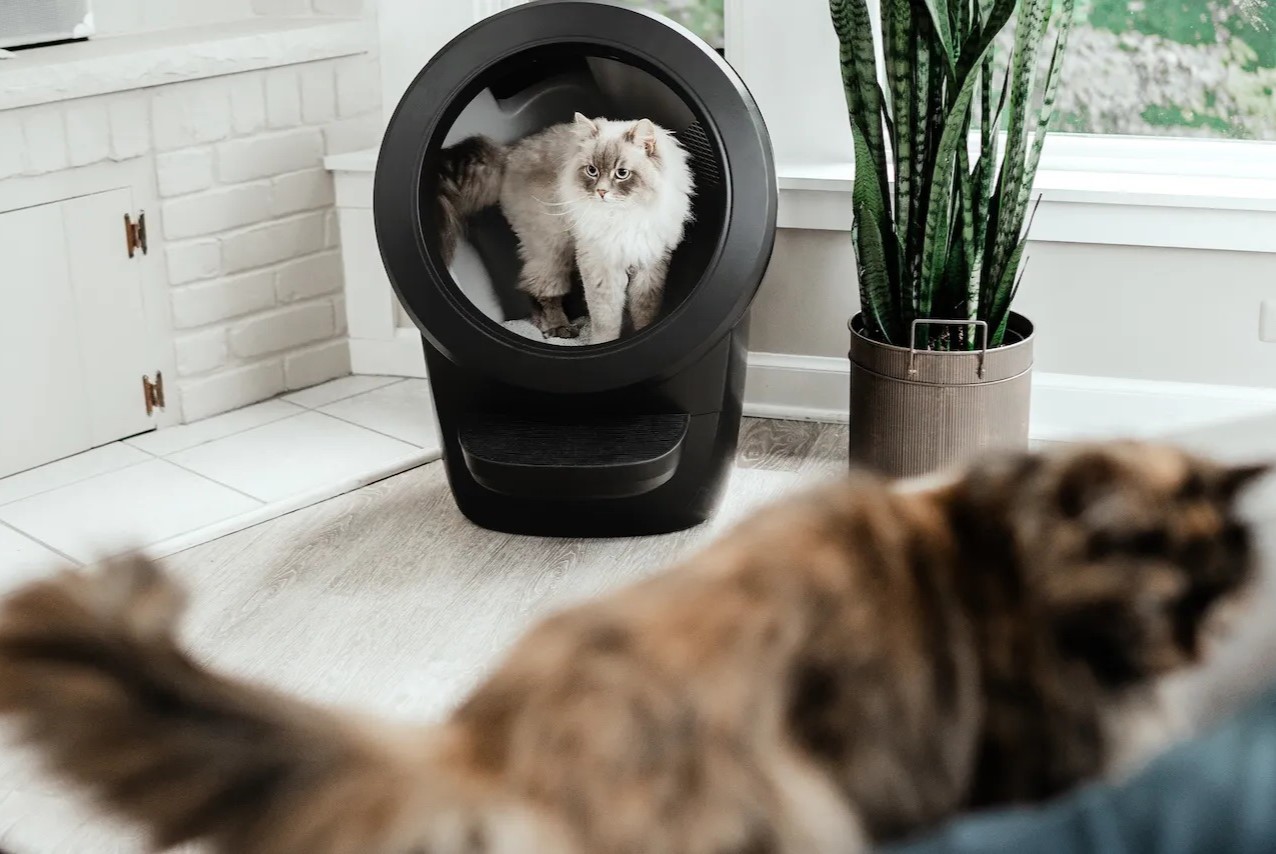
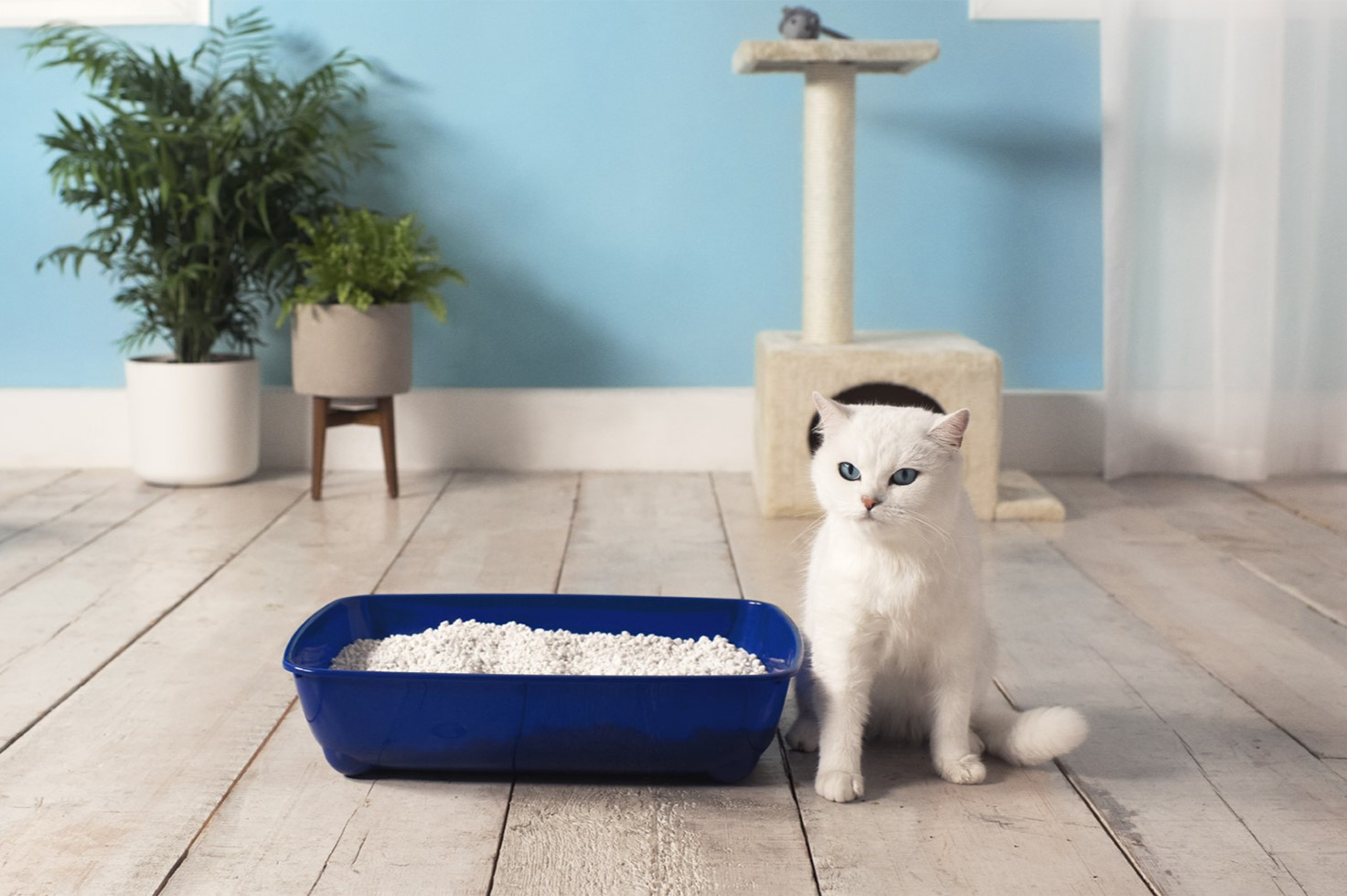
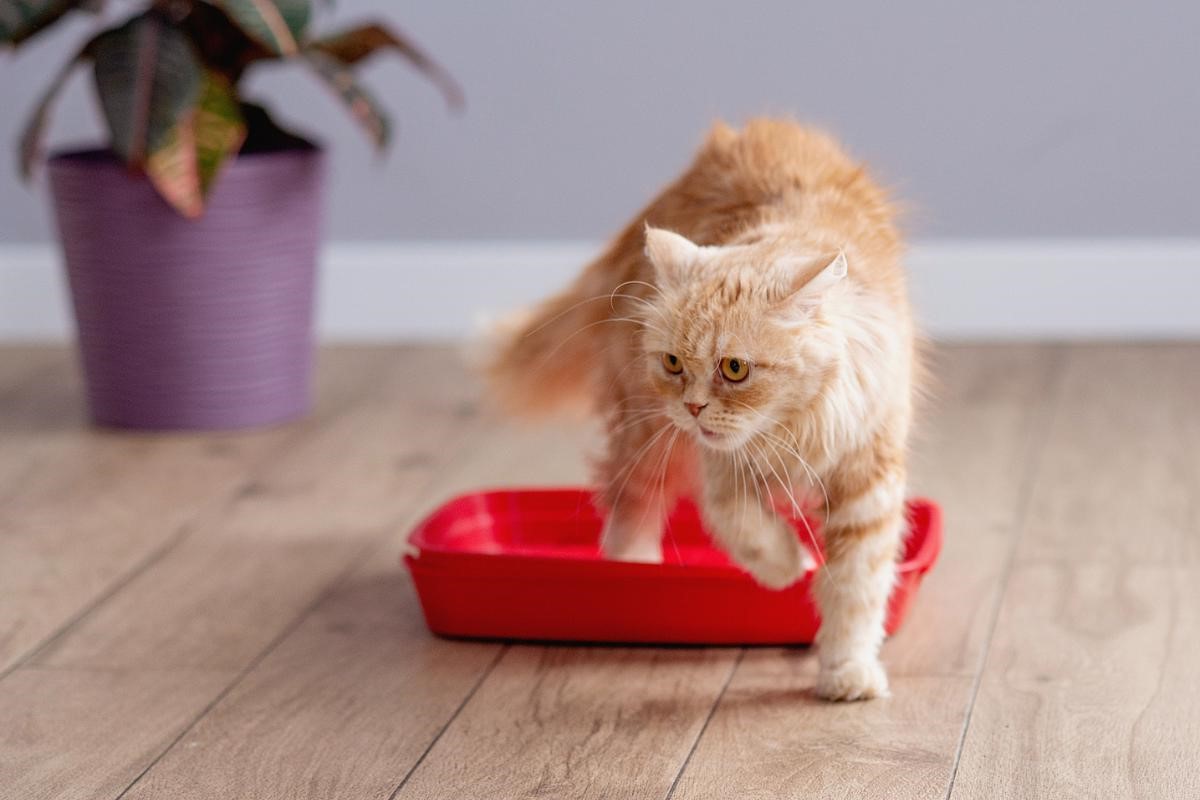
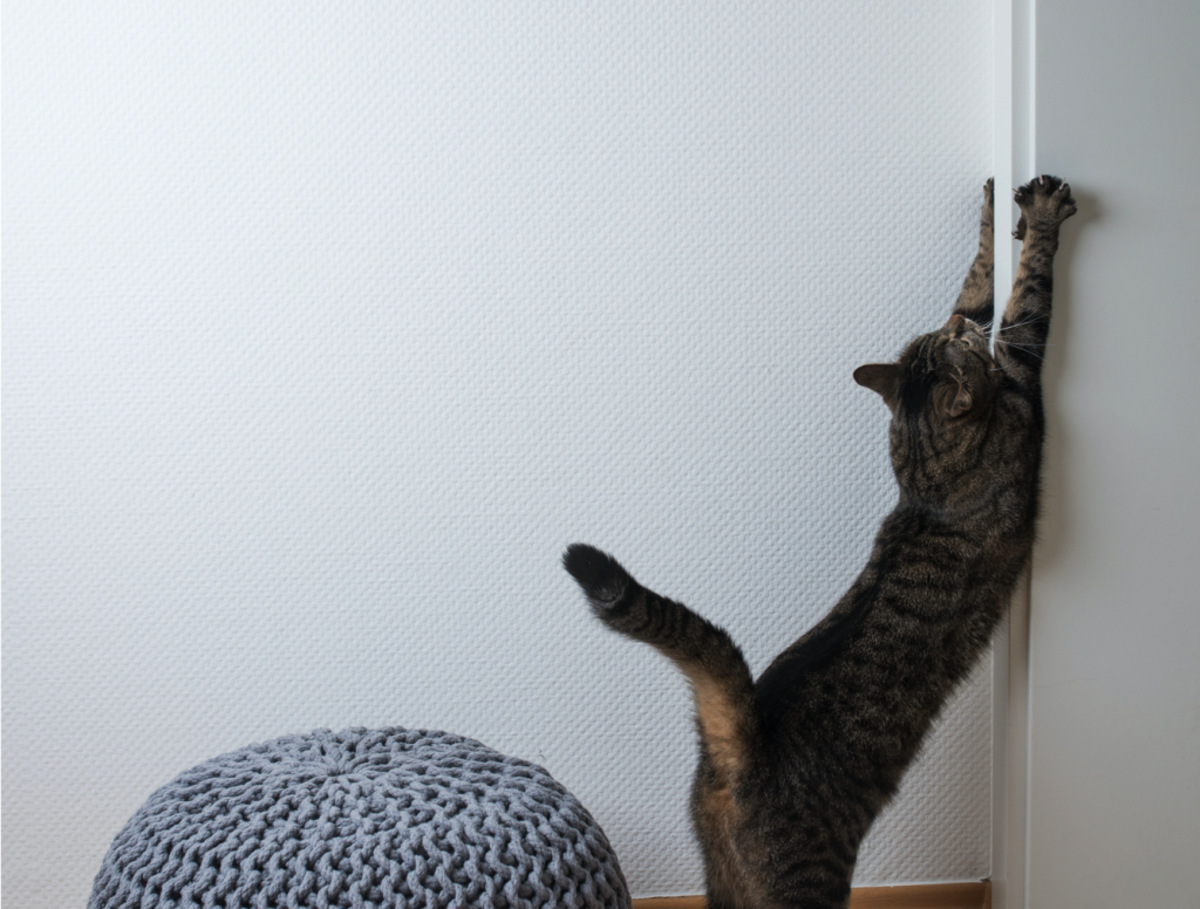
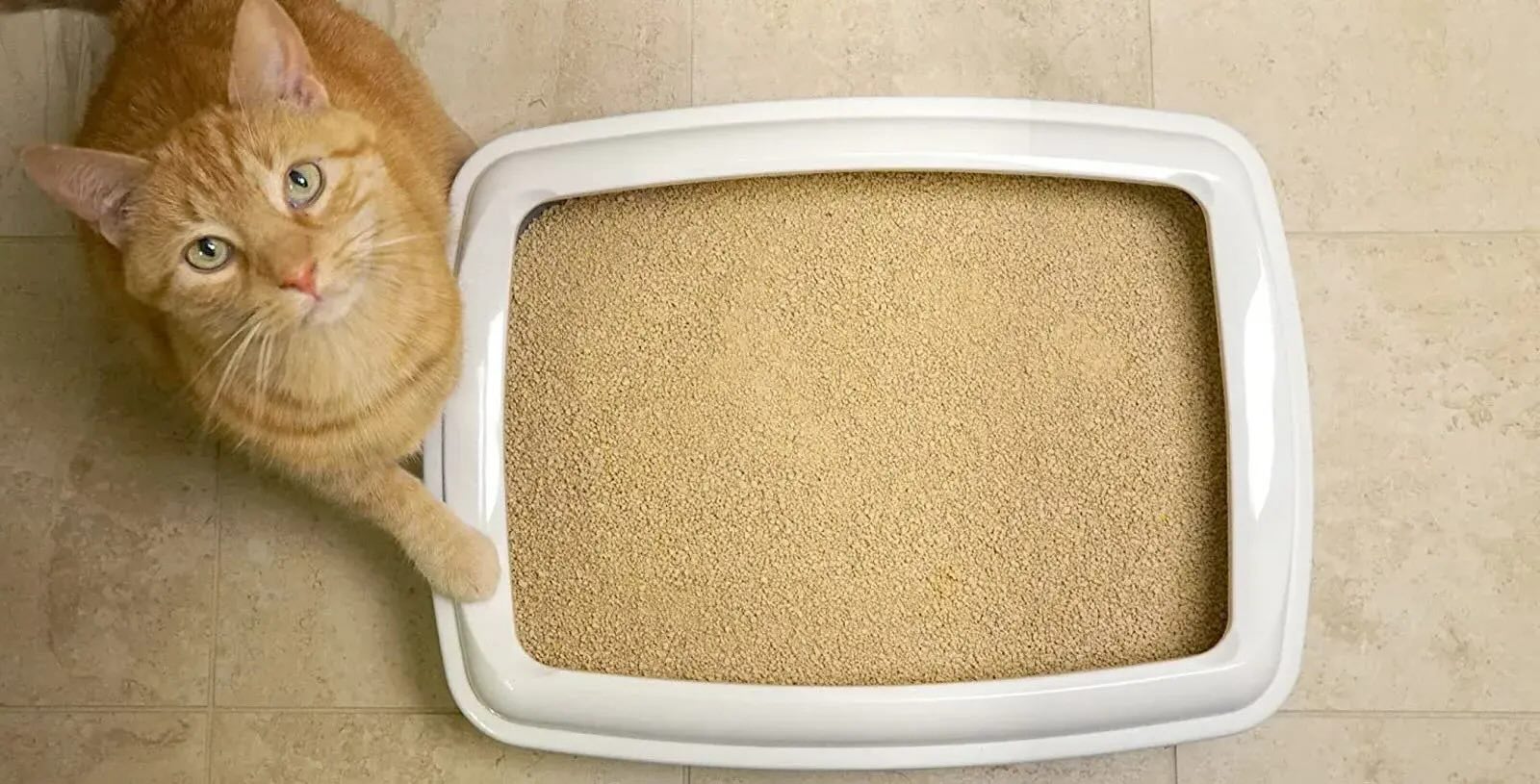

0 thoughts on “Why Would A Cat Not Use A Litter Box?”